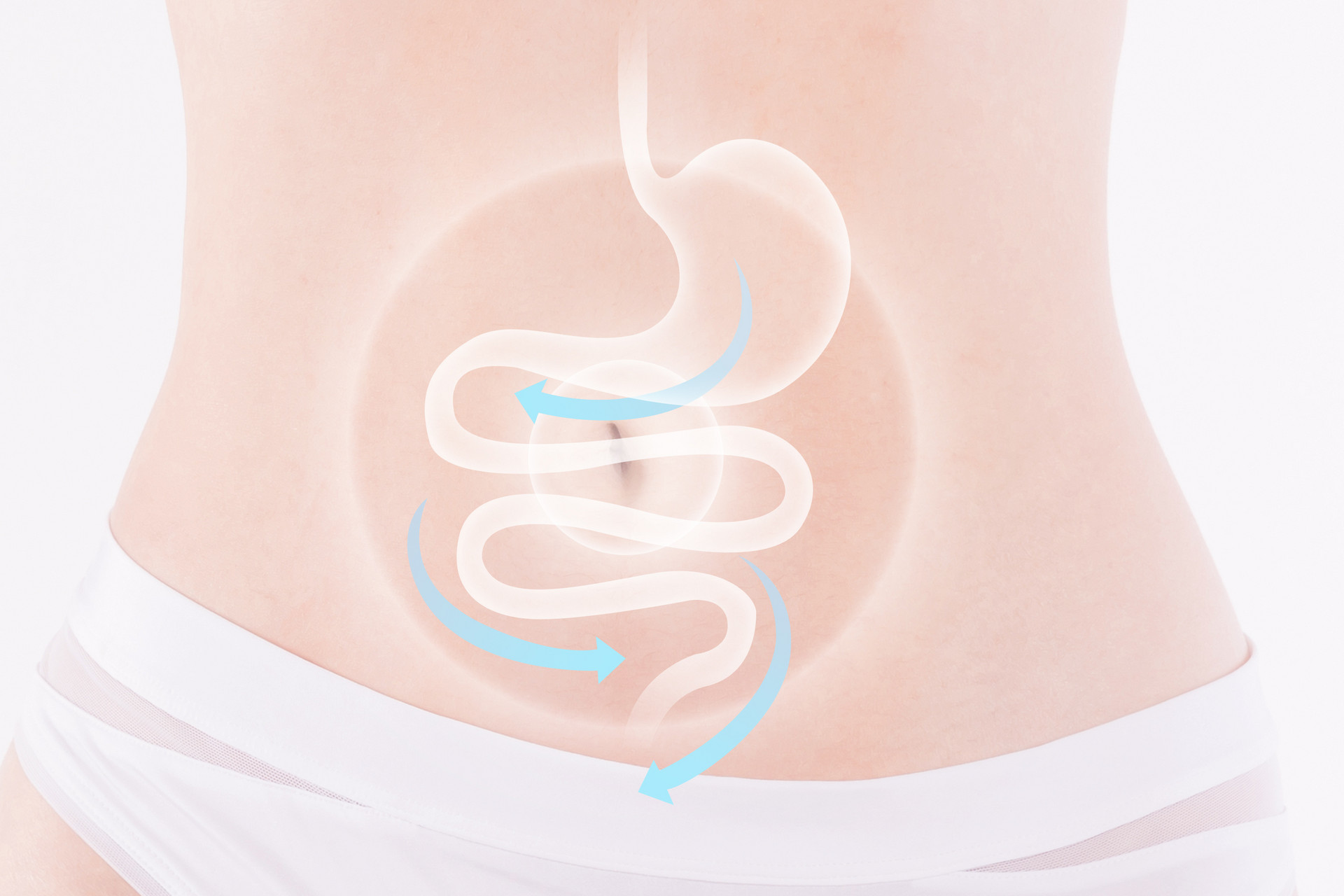Hawthorn
Hawthorn, also known as "mountain red" or "rouge fruit," has high nutritional and medicinal value. Besides being consumed fresh, hawthorn can be made into hawthorn slices, fruit leather, hawthorn cake, hawthorn jam, fruit preserves, hawthorn wine, and more. Hawthorn slices and fruit leather are the most common and popular varieties.
Cassia Seed
Cassia seed is the mature seed of the Leguminosae plant Cassia. It is also known as grass cassia. According to the "Shennong's Classic of Materia Medica," cassia seed has a slightly cool, sweet, and bitter taste and belongs to the liver, gallbladder, and kidney meridians. It has the functions of clearing the liver and brightening the eyes, moisturizing the intestines and promoting bowel movements, and reducing fat and slimming. It can be used for headaches, dizziness, red eyes, blurred vision, constipation, and more. In recent years, it has also been used for the treatment of hypertension.
Poria
Poria is a parasitic fungus that grows on the roots of pine trees. It has a shape similar to a sweet potato, with a black-brown outer skin and white or pink interior. In traditional Chinese medicine, it is used as a diuretic and sedative. The medicinal part is the dried sclerotium of the fungus Poria cocos, which often parasitizes the roots of Masson pine or red pine.
Tangerine Peel
This product is the dried mature fruit peel of the Rutaceae plant tangerine and its cultivated varieties. Medicinal materials are divided into "tangerine peel" and "broad tangerine peel." Ripe fruits are harvested, the peel is removed, and then dried by sun-drying or low-temperature drying. It has a bitter and pungent taste, and a warm nature. It belongs to the lung and spleen meridians. It functions in regulating qi, invigorating the spleen, drying dampness, and transforming phlegm. It is used for chest and epigastric fullness, poor appetite, vomiting, diarrhea, and cough with excessive phlegm.
Spirulina
Spirulina is a type of lower plant belonging to the cyanobacteria phylum, family Oscillatoriaceae. Like bacteria, it lacks a true nucleus in its cells, so it is also called blue-green algae. The cell structure of spirulina is primitive and very simple. It is the earliest photosynthetic organism on Earth and has survived for 3.5 billion years on this planet.





